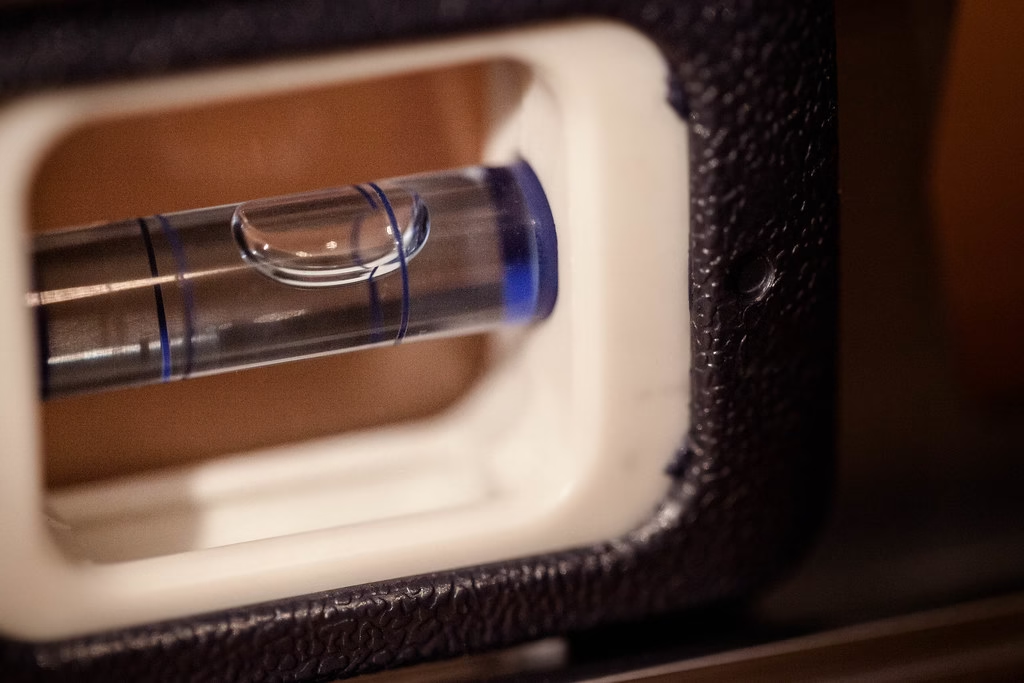Leveling is a crucial process in surveying, involving the measurement of vertical distances to determine the relative heights of different points. To perform leveling effectively, specialized instruments called levels are used to focus on and read the required measurements. With advancements in technology, modern instruments have made leveling more efficient and user-friendly. This article discusses the various types of levels used in leveling, their features, and their applications.

Types of Levels Used in Surveying
There are several types of leveling instruments available, each designed for specific purposes. The most commonly used ones include:
- Dumpy Level
- Y Level
- Cushing’s Level
- Tilting Level
- Cooke’s Reversible Level
- Automatic Level
Detailed Description of Each Level
- Dumpy Level The dumpy level is one of the most commonly used instruments in surveying. Its telescope is fixed in its horizontal plane, but the leveling head can rotate. Key components include:
- Objective Lens: Combines crown and flint glass to minimize spherical and chromatic aberrations. A thin coating reduces reflection losses.
- Negative Lens: Aligned coaxially with the objective lens for optical accuracy.
- Diaphragm: Holds crosshairs (vertical and horizontal) for precise measurements, with extra horizontal crosshairs for stadia leveling.
- Eyepiece: Magnifies and inverts the image. Some eyepieces also provide an erect view.
- Y Level (Wye-Level) The Y level features y-shaped frames that support a removable telescope. The instrument’s structure allows quick adjustments and testing.
- Advantages: Faster adjustment checks compared to the dumpy level.
- Disadvantages: Open parts are prone to wear due to friction, requiring regular maintenance.
- Cushing’s Level The Cushing’s level has a non-removable telescope that is restricted from rotating along its longitudinal axis. Its unique design allows the object and eyepiece ends to be interchangeable and reversible. This versatility enhances its usability for specific surveying tasks.
- Tilting Level The tilting level allows both horizontal rotation and a limited vertical tilt of about 4 degrees.
- Features: Bubble centering is achieved through a tilting screw, making it easy to set up.
- Application: Ideal for setups requiring only a few observations per location.
- Cooke’s Reversible Level This instrument combines the features of the dumpy level and the Y level. The telescope can be reversed without rotating the instrument itself.
- Key Feature: Eliminates collimation errors by allowing bubble readings on both sides (left and right).
- Usage: Preferred for tasks requiring high precision and frequent adjustments.
- Automatic Level The automatic level is an advanced version of the dumpy level, featuring a compensator for self-leveling.
- Key Components:
- Circular Spirit Level: Aids in approximate leveling.
- Compensator (Stabilizer): Automatically adjusts the optical system to ensure the line of sight is level.
- Maintenance: The compensator must be checked regularly to ensure accurate readings. A simple test involves slightly adjusting the foot screws; if the reading remains constant, the compensator is functioning correctly.
- Key Components:
Comparison of Levels
Each type of level offers distinct advantages depending on the task at hand:
- Efficiency: The automatic level is the most efficient due to its self-leveling capabilities.
- Ease of Use: Dumpy and tilting levels are simple and ideal for standard tasks.
- Accuracy: Cooke’s reversible and automatic levels excel in precision, making them suitable for complex and detailed surveys.
Conclusion
Surveying relies heavily on accurate leveling to ensure reliable measurements, and the choice of instrument plays a crucial role in achieving this goal. From the simplicity of the dumpy level to the advanced features of the automatic level, each type has unique benefits tailored to specific needs. As technology continues to evolve, we can expect even more innovative tools to simplify and enhance the leveling process. Selecting the right instrument based on the project’s requirements ensures efficiency, accuracy, and success in surveying tasks.
